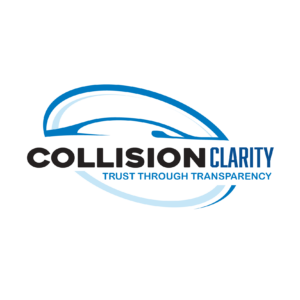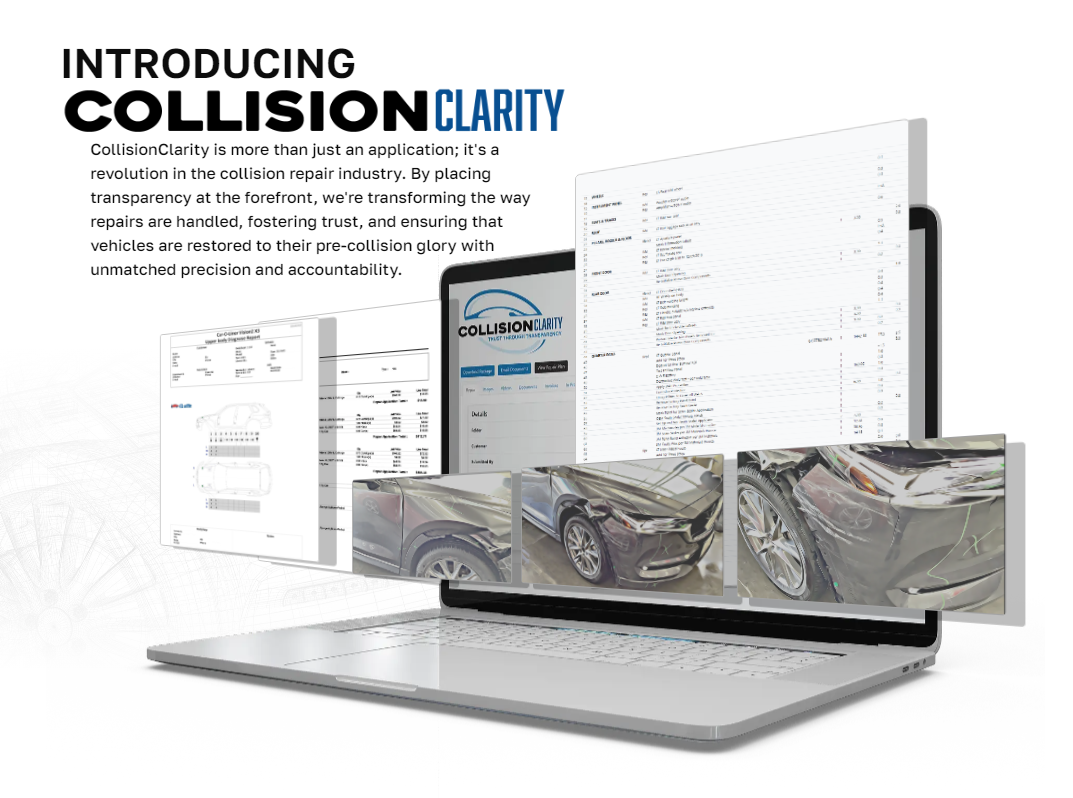
DCR Systems testing new line-by-line documentation repair planning software
By onBusiness Practices
DCR Systems is piloting a new cloud-based software with collision repair facilities and OEMs that it believes can aid in the mitigation of libelous actions by facilities through a clear, easy-to-use documentation setup.
CollisionClarity can be used with any management or estimating software. It displays all photos and documents related to a vehicle’s damage and required repairs in sequence with the line operation of the estimating software. The entire package becomes a permanent electronic record for repairers, OEMs, insurers, and customers — and courts, if there are ever legal liability issues with repairs.
CollisionClarity was initially developed about three years ago as an internal tool to help the DCR Systems team better document repairs to settle claims more efficiently. The staff soon realized the tremendous benefits for the entire collision industry.
As the software evolved, DCR Systems added automation to help streamline the information captured. This includes OEM repair information, position statements, storage of photos and videos, and other pertinent details.
“The software was designed to build trust through transparency by forcing an evidence storyboard of the damage and ultimately the repairs performed,” said Michael Giarrizzo, CEO of DCR Systems. “The complexity of vehicle systems has rapidly moved us to one way of proper and safe repairs. Those must be documented and accounted for.”
Giarrizzo said the software helps mitigate liability by clearly documenting a safe and proper repair to not only hold the vehicle’s value and keep passengers safe if the vehicles were to be involved in another collision but also maintain brand integrity.
“Currently, how cars are being repaired is still all over the map even though we believe, and I think most believe in the industry, there’s only one right way to do it and that’s guided by the manufacturers’ work instructions,” he said. “It brings all that to the table and forces that transparency; the work that not only needs to be done but the work that’s actually being done.
“We’re looking forward to becoming a method of settlement where collision repair facilities… to eliminate the back and forth, back and forth by putting it all in one package.”
Boswell said the software benefits all collision industry stakeholders, including repairers, insurers, and OEMs, by encouraging trust through the transparency of data.
“[T]he guidelines are changing consistently,” she said. “It’s important to have a snapshot of the vehicle today, this way because it changes daily… We’re liable and our responsibilities don’t appear to be enrolled the right way in putting you back on the road safely. That is our priority.”
She added that the transparency could bring to light something that a repairer might inadvertently miss and could be corrected.
“By aligning a shop’s practices with OEM guidelines and leveraging advanced diagnostics and repair technologies, facilities can deliver a level of quality and precision previously unattainable,” Giarrizzo said. “This not only enhances their reputation, but it also builds trust among customers, insurers, and OEMs.
Boswell said that insurance companies also benefit from the shift to transparency.
“Accurate and well-documented repair processes will streamline claims, ultimately resulting in more efficient and cost-effective operations,” she said. “With a clear understanding of the repairs performed and why, insurers can reimburse shops for what is actually done and provide coverage based on the risk profile of each vehicle.”
With the increasingly active role OEMs are taking in the repair process, Giarrizzo said a remarkable shift is occurring because of the collaboration between auto manufacturers and the collision repair ecosystem.
“Collaboration will help reduce conflict and lead the way toward a future where automotive excellence extends far past the production line and on to collision repair,” he said.
The software requires certain information such as photos, videos, position statements, and more to be input before allowing the repairer to move to the next step of the documentation. It also has a feature in which DCR Systems reviews the documents to ensure they contain the right evidence to cover all bases from customer to insurance company and repair facility.
With more vehicles equipped with advanced driver assistance systems (ADAS) features, DCR Systems’ Vehicle Systems Director of Operations Dave Martin said it is becoming increasingly important to know they are repaired and calibrated correctly.
“With CollisionClarity, shops can store all the evidence and verification needed to support what has been done to a car in a visual and easy-to-understand way,” said Martin. “This provides a high degree of confidence to all parties that it was repaired accurately and going back on the road safely.”
Although there are some great operators in the industry, Martin said many shops are repairing vehicles the old-school way, where a technician takes an automobile into their bay and fixes it the way they think it should be repaired.
“For those repairing vehicles according to manufacturer guidelines, this is a revolutionary tool to demonstrate the difference their facility provides to the customer,” he said.
Martin said the variance in how vehicles are repaired from shop to shop has never been greater.
“The lack of clear evidence of what is needed, and ultimately what is performed in a repair, has made claims settlement difficult,” he said. “CollisionClarity aligns the evidence of the repair, making it more efficient for adjusters, customers, and shops.
This results in a very transparent repair process and eliminates the rework of evidence being sent multiple times.
“For example, they don’t have to hunt through 80 photos to find the three needed,” Martin said. “Instead, an adjuster can quickly access the repair plan and the photos and evidence are associated with each line.”
Giarrizzo added, “If the whole industry works with complete transparency, No. 1, it would be a better place. If you level the playing field for a lot of different reasons — for the customers and they’re getting more product, carriers are getting a much more consistent settlement process, and quite frankly, cars are repaired properly, [which] creates a much more level field to compete on.”
The software is being tested with DCR Systems’ licensees and demoed for insurers and auto manufacturers.
“We believe CollisionClarity will change the industry and encourage all parties to be far more transparent. Everyone should understand exactly what has been done to the vehicle and why,” Martin said. “We want customers to have confidence that they are putting their families and friends back into vehicles that are being repaired correctly with all supported documentation.”
For more information, visit www.collision-clarity.com.
Images
Both CollisionClarity graphics provided by DCR Systems.

